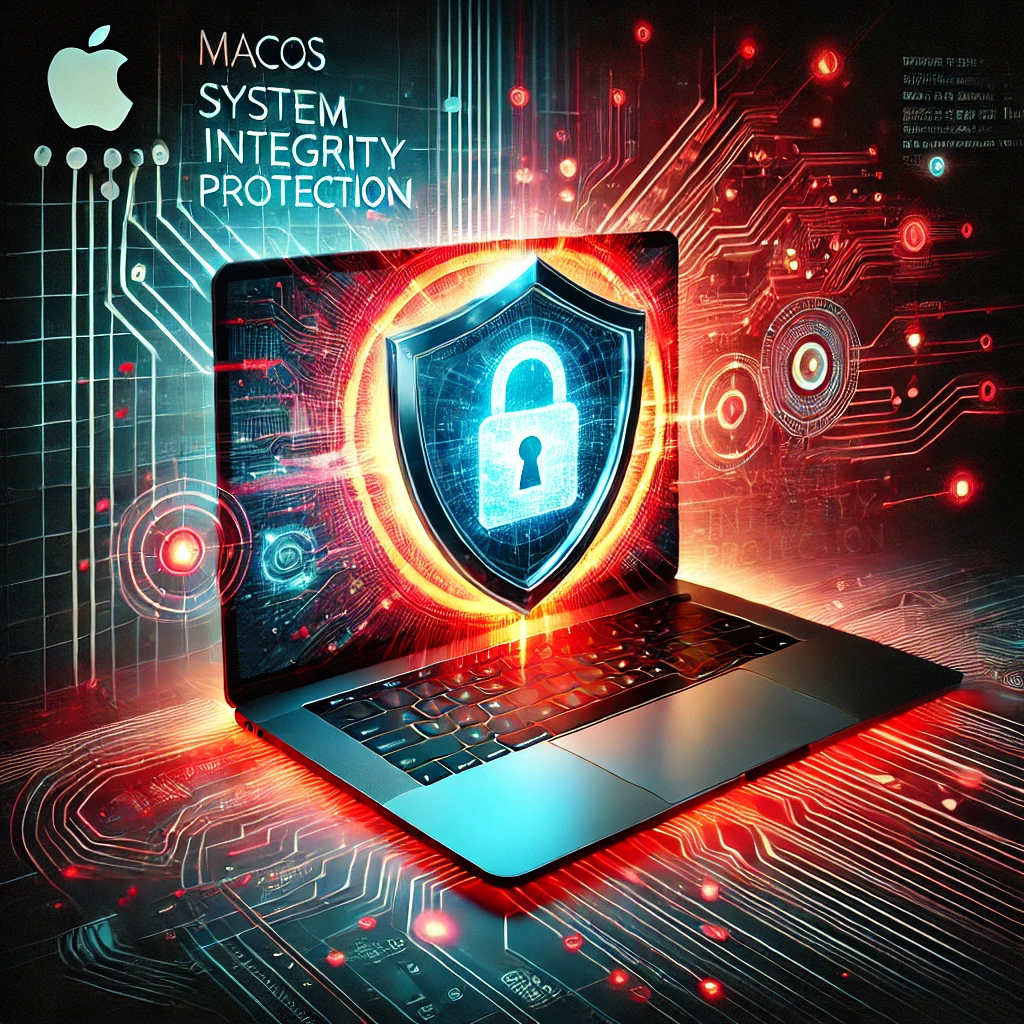In a significant discovery that highlights the evolving threat landscape for macOS users, Microsoft recently unveiled a critical vulnerability in Apple’s macOS that could have allowed malicious actors to bypass System Integrity Protection (SIP). This vulnerability, officially identified as CVE-2024-44243, poses substantial risks by potentially enabling attackers to execute unauthorized actions that compromise system integrity. Apple has since addressed the issue in its latest macOS Sequoia 15.2 update.
Understanding the Vulnerability
System Integrity Protection, or SIP, is a cornerstone of macOS security, introduced to safeguard the system against unauthorized modifications. Often referred to as “rootless,” this feature restricts even the root user—traditionally the most powerful account on a Unix-based system—from making changes to critical system files and directories. SIP plays a pivotal role in maintaining the stability and security of macOS devices, making any potential bypass a matter of serious concern.
The flaw discovered by Microsoft’s Threat Intelligence team involves the Storage Kit daemon (storagekitd) in macOS. Exploiting this vulnerability, attackers with root privileges could manipulate the “com.apple.rootless.install.heritable” entitlement, enabling them to circumvent SIP protections. The attack vector leverages storagekitd’s capability to invoke arbitrary processes, allowing the introduction of new file system bundles to critical directories such as /Library/Filesystems. By overriding binaries associated with Disk Utility, malicious actors could bypass SIP entirely.
Jonathan Bar Or, a leading researcher from Microsoft’s team, emphasized the potential impact of such an exploit. “A successful attack could lead to the installation of rootkits, creation of persistent malware, and expansion of the attack surface for further exploits. It underscores the need for vigilant security practices,” he noted in a detailed blog post.
Previous SIP Bypass Vulnerabilities
This discovery marks the third major SIP bypass vulnerability reported by Microsoft in recent years. Previously identified flaws, such as CVE-2021-30892 (dubbed “Shrootless”) and CVE-2023-32369 (known as “Migraine”), similarly showcased the potential for attackers to exploit macOS’s protective mechanisms. Together, these vulnerabilities underscore a pattern of exploitation attempts targeting the SIP framework.
Potential Impacts of Exploiting CVE-2024-44243
The implications of this vulnerability are severe, particularly given the critical role SIP plays in macOS’s defense against malware and other threats. By bypassing SIP, attackers could:
- Install Rootkits: With unrestricted access, attackers can introduce rootkits—malicious software designed to remain undetected while providing privileged access to the system.
- Persistent Malware Installation: Exploiting this flaw could allow attackers to install malware that remains active even after system reboots or security updates.
- Expand Attack Surfaces: SIP bypass opens the door for additional exploits, enabling attackers to escalate privileges further or gain access to sensitive user data.
- Erode Trust in macOS Security: Beyond technical risks, such vulnerabilities could undermine user confidence in macOS as a secure platform.
Apple’s Response and Mitigation
Apple responded swiftly to Microsoft’s disclosure by releasing a patch in the macOS Sequoia 15.2 update. Users are strongly encouraged to update their devices immediately to mitigate potential risks. Regular system updates are a fundamental aspect of maintaining a secure computing environment, particularly as threat actors continuously evolve their techniques.
To ensure your macOS device is protected, follow these steps:
- Check for Updates: Navigate to
System Settings>Software Updateand install the latest macOS version. - Enable Automatic Updates: Configure your system to automatically download and install security updates.
- Review Security Settings: Ensure SIP is enabled. You can verify its status by running the
csrutil statuscommand in the Terminal. - Monitor for Anomalies: Regularly check for unexpected system behavior or unauthorized changes to critical files and directories.
The Role of Collaborative Security Research
The discovery of CVE-2024-44243 highlights the importance of collaborative efforts between technology companies to identify and mitigate vulnerabilities. Microsoft’s role in uncovering this flaw demonstrates the value of cross-platform security research and shared responsibility in safeguarding users.
“Security is a shared endeavor,” said Bar Or. “Our partnership with Apple reflects a commitment to protecting users and staying ahead of evolving threats. Transparency and collaboration are key to building resilient systems.”
The Broader Context: Security Challenges for macOS
While macOS is often perceived as a more secure platform compared to its counterparts, it is not immune to vulnerabilities. The increasing popularity of macOS devices has made them an attractive target for cybercriminals. Exploits like CVE-2024-44243 serve as a reminder that no system is invulnerable.
Recent years have seen a rise in macOS-specific threats, from adware and ransomware to sophisticated spyware targeting high-value users. Attackers are leveraging both social engineering tactics and technical vulnerabilities to bypass security measures. For macOS users, maintaining robust cybersecurity practices is more critical than ever.
Best Practices for macOS Security
To enhance your macOS security posture, consider the following recommendations:
- Stay Updated: Install updates promptly to address newly discovered vulnerabilities.
- Use Strong Passwords: Implement strong, unique passwords for system accounts.
- Enable Two-Factor Authentication (2FA): Protect your Apple ID and other accounts with 2FA.
- Limit Admin Privileges: Use a standard user account for daily activities and reserve administrative access for specific tasks.
- Install Security Software: Utilize trusted antivirus and anti-malware tools to detect and prevent threats.
- Exercise Caution with Downloads: Avoid downloading software from untrusted sources and verify app permissions.
- Regularly Back Up Data: Maintain backups of your critical files using Time Machine or other reliable backup solutions.
Conclusion
The disclosure of CVE-2024-44243 serves as a stark reminder of the dynamic nature of cybersecurity threats. While Apple’s swift response in patching the vulnerability is commendable, users must remain vigilant and proactive in maintaining their security. Collaborative efforts between technology companies, combined with user awareness, are essential in mitigating risks and ensuring a safer digital ecosystem.
As macOS continues to gain popularity, it will undoubtedly remain a focal point for attackers. By staying informed and adopting best practices, users can play an active role in defending against emerging threats. Ultimately, security is not just a feature but a shared responsibility that requires constant vigilance and adaptability.
